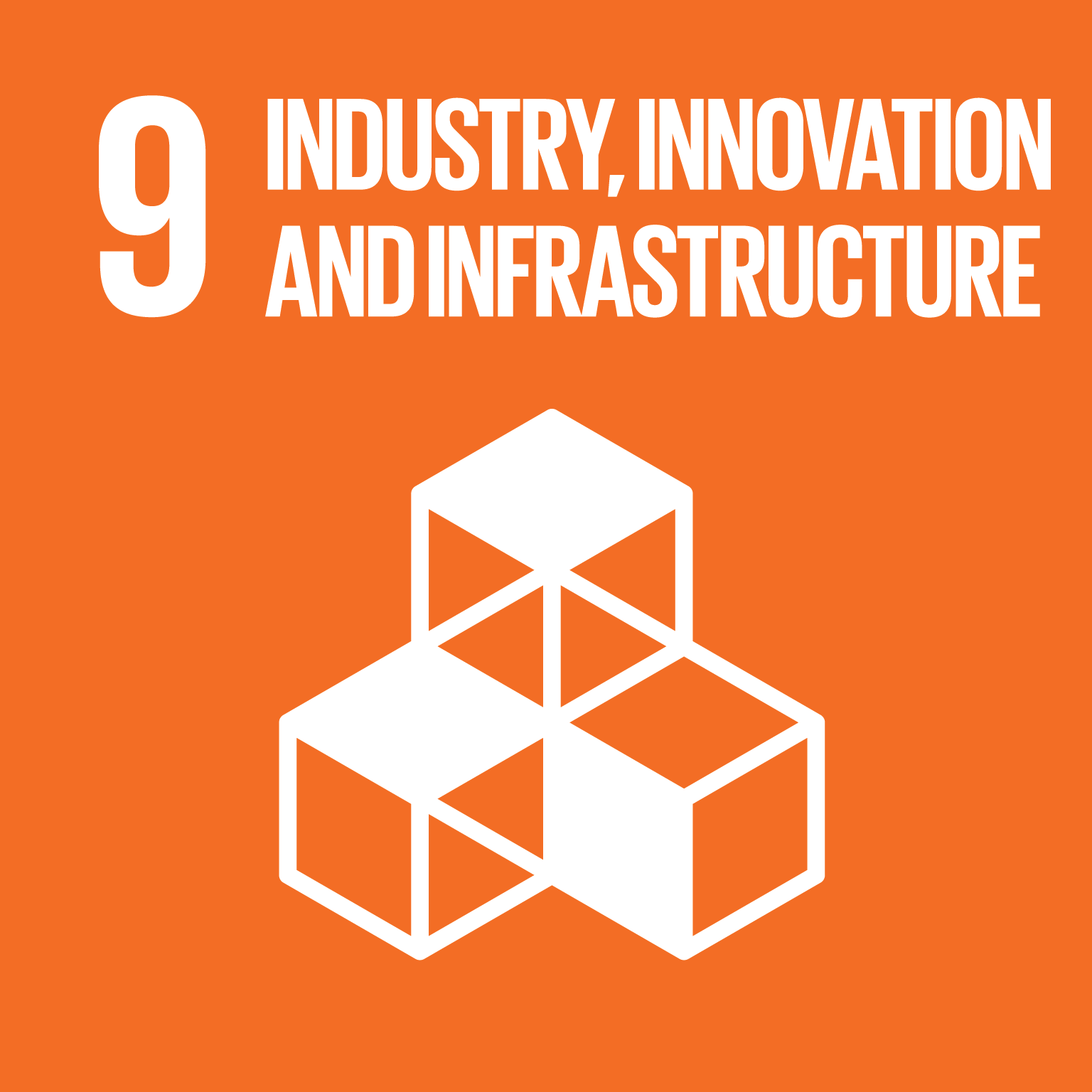
5 minute read
Hydrogen in inclusive and sustainable industrial development
Gavin Mazzola and Fukuya Iino
The discourse surrounding this topic has long been shaped by a fundamental ambiguity: what do all these colors really mean? Whether it’s grey, reformed from natural gas, without carbon capture and storage, to pink, derived from a nuclearpowered reaction, or green, produced with renewables–– the vast variety of colors associated with hydrogen seems to create more confusion than clarity. However, the discussions surrounding its color often overshadow other pertinent questions hydrogen development poses: which applications are sensible and how can they be pursued sustainably?
Hydrogen is not the universal future for all energy use, and electricity may be more efficient in many applications. However, as an energy vector and fuel, hydrogen can be an enabler of industrial decarbonisation, a driver of energy decentralisation, and a key component of an adaptable and dispatchable grid. This means that hydrogen is not the sole answer to reaching net-zero commitments. To play a meaningful role in achieving climate objectives, it is essential to carefully consider where its application is both necessary and viable. This demands policy clarity, strategic investment, and industrial alignment.
THE STRATEGIC DEPLOYMENT OF HYDROGEN
Michael Liebreich’s Hydrogen Ladder provides a structured framework to understand the hierarchical necessity of hydrogen adoption across various sectors and functions. At the uppermost tier are applications for which hydrogen is unavoidable—fertiliser, hydrogenation, and hydrocracking, for instance. Mid-tier applications, including high-temperature industrial heat and the long-distance transport of goods, present potential but remain contingent on cost reductions and infrastructure expansion. At the bottom of the ladder are applications where hydrogen is entirely uncompetitive, such as passenger vehicles, domestic heating, and short-haul transport, all of which are better served by direct electrification.
Hydrogen deployment must be targeted and evidence-based, focusing on sectors where it offers a tangible advantage rather than taking a broad and universal approach. In terms of the color to be adopted, it’s important to not only consider the production method but also the carbon intensity of hydrogen. This is particularly true in the transition phase, where the creation of a functioning hydrogen market is essential. Focusing solely on one production pathway without developing a robust hydrogen economy risks limiting scalability and deployment. Initially utilising a mix of production methods, including blue with carbon capture and storage and other low-carbon hydrogen, can help lay the foundation for a broader market. This, in turn, incentivises investment, improves infrastructure readiness, and accelerates cost reductions across the entire value chain.
HYDROGEN’S ROLE IN GRID FLEXIBILITY AND INDUSTRIAL SYSTEMS
A key challenge in renewable energy systems is dispatchability—the ability to provide power when needed, regardless of fluctuations in wind or solar generation. In a Power-to-X approach, hydrogen stores excess renewable energy, acting as a buffer to balance supply and demand. Hydrogen bridges supply and demand gaps, supports power grids, stabilises industrial loads, and ensures that energy remains available even when primary renewable generation fluctuates.
Hydrogen also offers significant opportunities for decentralisation, particularly within energy communities, industrial parks, and local energy systems. Integrated correctly, it can enable sector coupling and reduce reliance on centralised infrastructure. In industrial clusters, it can be used not just as an energy vector, but as a feedstock, supporting a more circular, resilient economy. This enhances energy autonomy, reduces fossil fuel dependence, and strengthens local industry.
THE ROLE OF UNIDO IN ADVANCING THE INDUSTRIAL ADOPTION OF HYDROGEN
For hydrogen policies to be successful, they must be aligned with industrial demand and just transition principles, underlining the critical nature of UNIDO’s work. Through initiatives such as the Global Programme for Hydrogen in Industry, supported by the German government, among others, UNIDO is actively supporting developing economies in establishing hydrogen value chains, ensuring that hydrogen deployment prioritises targeted industrial applications, job creation, and sustainability.

Hydrogen bridges supply and demand gaps, supports power grids, stabilises industrial loads […]
Germany, a leader in green hydrogen exports and technology, has set an ambitious climate target, aiming for climate neutrality by 2045. The government has underlined the essential role of hydrogen, including transitional low-carbon hydrogen, in supporting industrial decarbonisation, particularly in hard-to-abate sectors. These strategic commitments illustrate the importance of aligning industrial policies with hydrogen deployment, a principle that UNIDO actively promotes through the Global Programme for Hydrogen in Industry.
By applying integrated and sustainable industrial development principles, UNIDO can facilitate the formulation of hydrogen strategies that are both economically viable and socially equitable, promoting inclusive and sustainable industrial growth, prioritising climate action and sustainable supply chains, and ensuring a just and equitable world for everyone.

The Global Programme for Hydrogen in Industry works towards achieving just this. The development of green hydrogen industrial clusters, capacity-building programmes, as well as consultation and advocacy in the promotion of regulatory frameworks, can provide guidance in wider hydrogen adoption.
For hydrogen to succeed, the future relies upon evidence-based policymaking, targeted investment, and the capabilities of those leading this change. Hydrogen is more than an energy carrier; it is an industrial enabler, offering flexibility in energy-intensive sectors, enhancing supply chain resilience, and promoting decarbonisation efforts. UNIDO remains committed to making hydrogen adoption practical, scalable, and inclusive—helping industries and policymakers build a flexible, resilient, and sustainable energy system.
Gavin Mazzola, Associate, UNIDO Sub-Regional Office for Thailand, Malaysia, Myanmar, Cambodia, Laos, and Viet Nam
Fukuya Iino, UNIDO Representative, United Nations Industrial Development Organization (UNIDO) Sub-Regional Office for Thailand, Malaysia, Myanmar, Cambodia, Laos, and Viet Nam
Contact details
Pornpoj Akkarnvanich
Office Assistant
United Nations Industrial Development Organization (UNIDO)
Tel: +43 1 26026 18366
P.AKKARNVANICH@unido.org;
office.thailand@unido.org
https://www.unido.org










